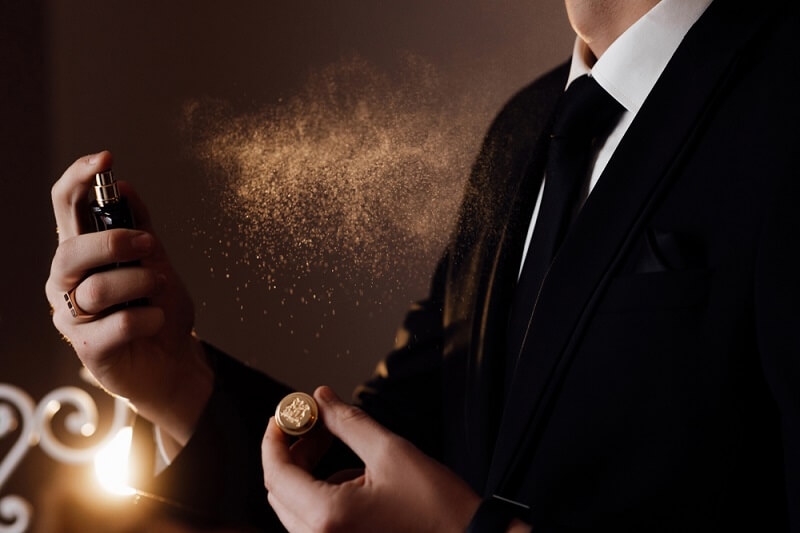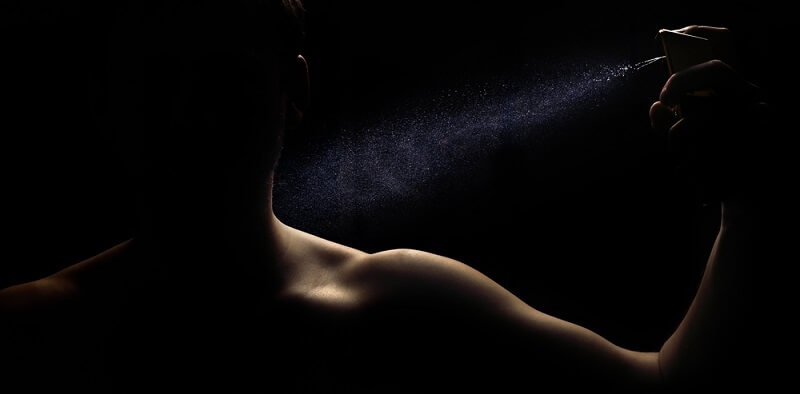
Fragrance layering is an experience—one that has the potential to turn ordinary, everyday fragrances into an extraordinarily personal creation. Fragrance layering differs from the conventional approach of putting on only one fragrance. With fragrance layering, more than one scent can be put together in order for you to create a custom aroma that identifies your mood, style, and do-it-yourself spirit.
But mixing your scents can be fun. Yet if you put two scents together that don’t complement each other, you may end up with a scent that is a bit overwhelming or offensive. Profitably, learning the proper fragrance layering techniques can teach you to develop the right balance between innovation and restraint.
With this comprehensive layering guide, you can learn to mix fragrances at home without creating an army of scent-wearing warriors racing through the air. You will learn how to mix fragrances, choose scent families that complement each other, and build layers of scent you enjoy all day without becoming offensive. Some tips will help you achieve layering success, whether you are fragrance-obsessed or just curious about how to mix fragrances.
Before you start layering fragrances, it's a good idea to clarify what perfume layering is. Perfume layering, essentially, is wearing multiple perfumes at the same time to make a one-of-a-kind blend. There are different ways to layer fragrances:
Perfume layering does not mean applying several sprays to yourself. The goal is balance. Blending perfumes at home may create a new, subtle yet lingering signature scent.
There are a few advantages to trying blending fragrances:
You will gain more control of the process than just using scent layering directions.
To successfully layer fragrances together, we must be familiar with scent families. The fragrance wheel has divided fragrances into different categories—main categories, each of which has a specific character:
We typically find that fragrance combinations from compatible families work best when applying perfume layering tips. For example, florals combined with fresh notes or woody and oriental with their darker, deeper, sensual combinations.
When blending fragrances with layers, one scent should be the base, and one should be the accent.
As a simple rule regarding how to mix fragrances, the more pungent scent should be applied first, and then the lighter accent scent can be used on top of the base scent.
If you've never blended perfumes at home, I suggest starting with a simple, single-note perfume. These perfumes have one strong note (like sandalwood, lemon, vanilla, etc.), so you don't have to worry about them clashing when you're mixing perfumes. After you're successful with that, you can tackle products with more complex perfumes that aren't as straightforward, as they have layers.
Never commit to a perfume mix without testing it on your skin first. Fragrances react differently depending on your skin chemistry, so what smells great on a paper strip might change dramatically once applied. Spray a small amount of each scent on separate pulse points, then gently rub your wrists together to see how they blend.
Perfume layering isn’t just about scent notes—it’s also about textures.
This texture-based scent layering guide ensures your fragrance develops beautifully throughout the day.

An often-overlooked perfume layering tip is to start with scented body care. A matching or complementary body lotion, shower gel, or oil before applying perfume helps enhance and lock in the aroma. For instance:
While it’s tempting to mix three or more perfumes, beginners should stick to two. This keeps your scent balanced and avoids overwhelming those around you. You can experiment with trios once you’ve mastered mixing fragrances in pairs.
Application order matters:
You can also experiment with fragrance zoning—applying one scent to the upper body and another to the lower body, allowing them to mingle subtly.
Here are a few tried-and-true combinations for perfume blending at home:
These pairings work because they balance light and deep notes, creating a scent that evolves beautifully.
The biggest mistake beginners make is overdoing it. Keep these perfume layering tips in mind to prevent scent overload:
Remember, subtlety is more intriguing than intensity.
Just like fashion, fragrance layering can be seasonal:
Adapting your combinations ensures your scent matches the season’s mood and climate.
If you want a fragrance no one else has, follow this scent layering guide for a custom signature blend:
If you love experimenting, it’s smart to keep a fragrance journal. Write down:
This helps you refine your perfume-blending-at-home skills over time.
Layering isn’t always the best choice. Skip it if:
If you want to maintain your custom scent on the go:
Some perfume blends smell best after 15–30 minutes of settling. Don’t judge a combination too quickly—give it time to develop on your skin before deciding whether it works.
You can also use layering to make the most of your collection's half-used or “meh” perfumes. A fragrance you don’t love might shine when paired with something complementary, helping reduce waste.
Perfume layering is a fun and personal way to express individuality and creativity. You can create individual, memorable, and easily wearable combinations with some experimentation and a handful of perfume layering tips. The trick is to think about balance—combining scents that work together rather than against each other and layering lightly.
When you figure out how to mix scents, the possibilities are endless. Your daily scent routine could become a small act of art, elevating your daily or mundane moments into a sensory experience.
This content was created by AI